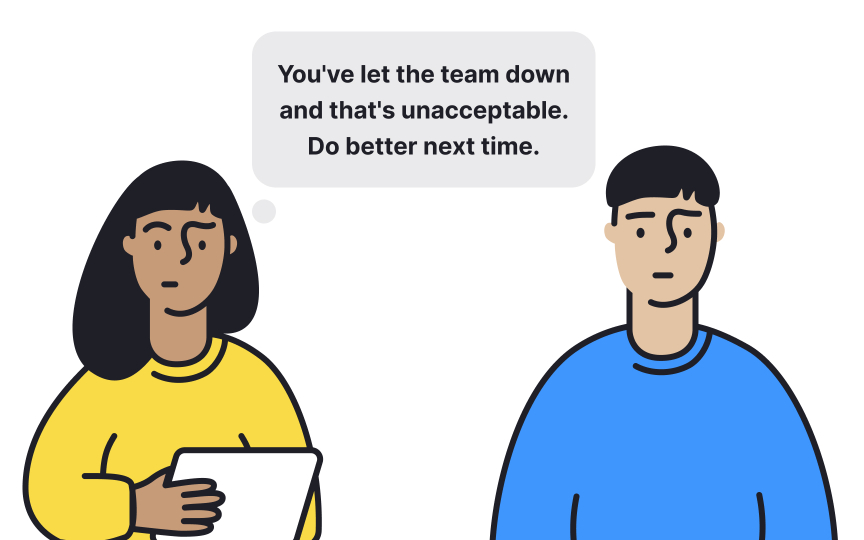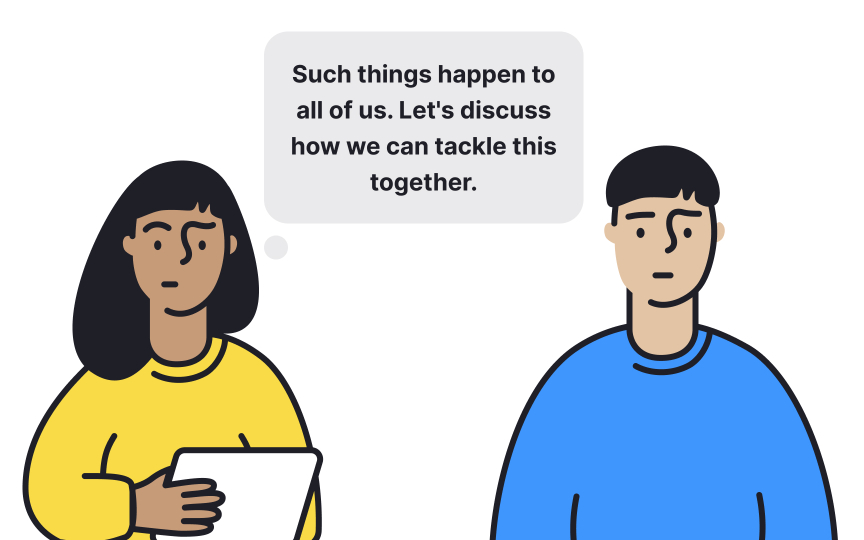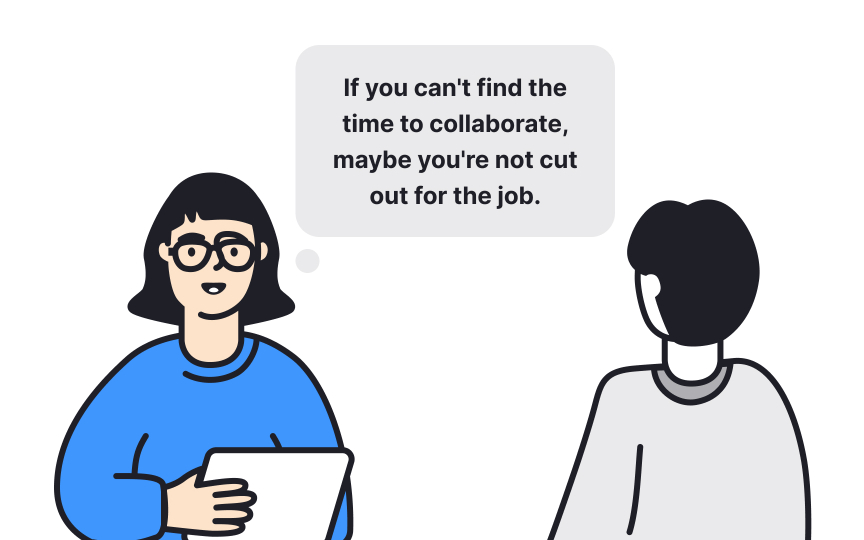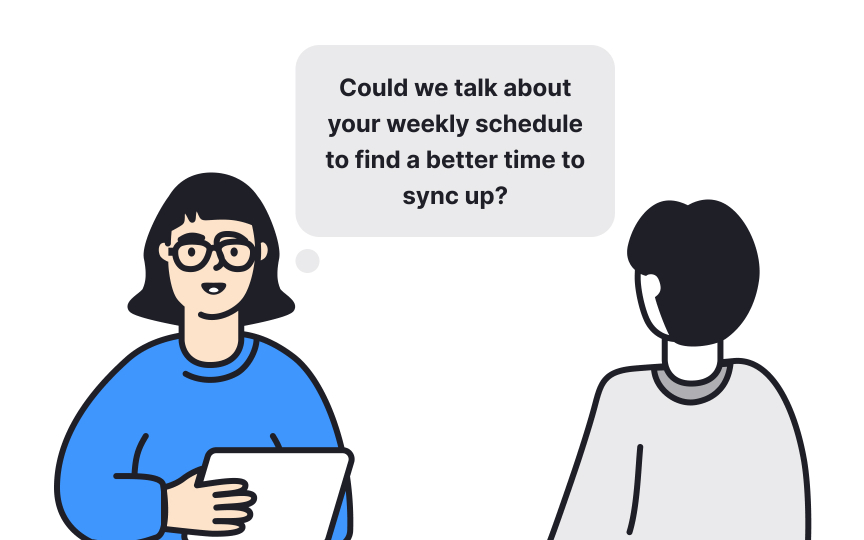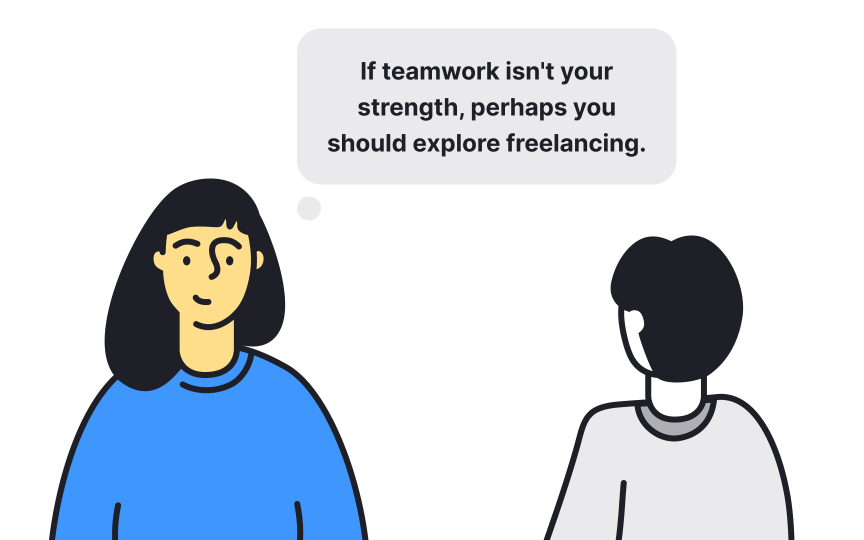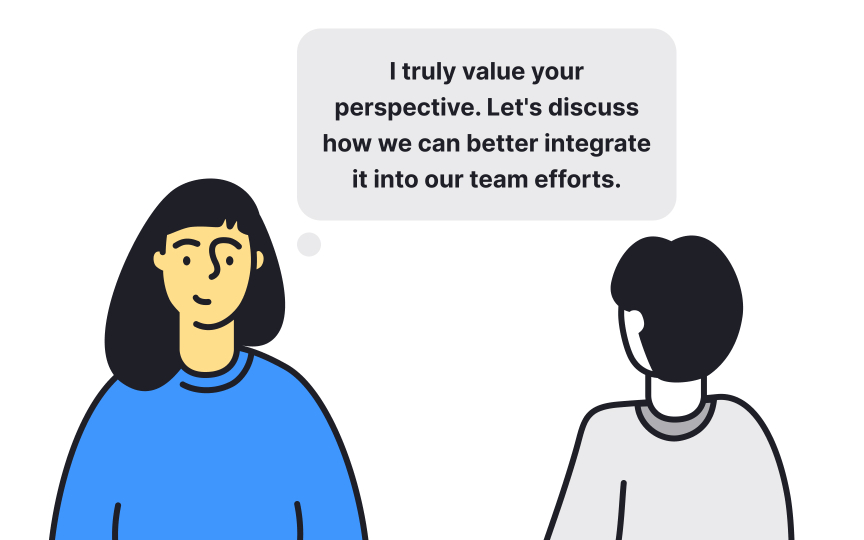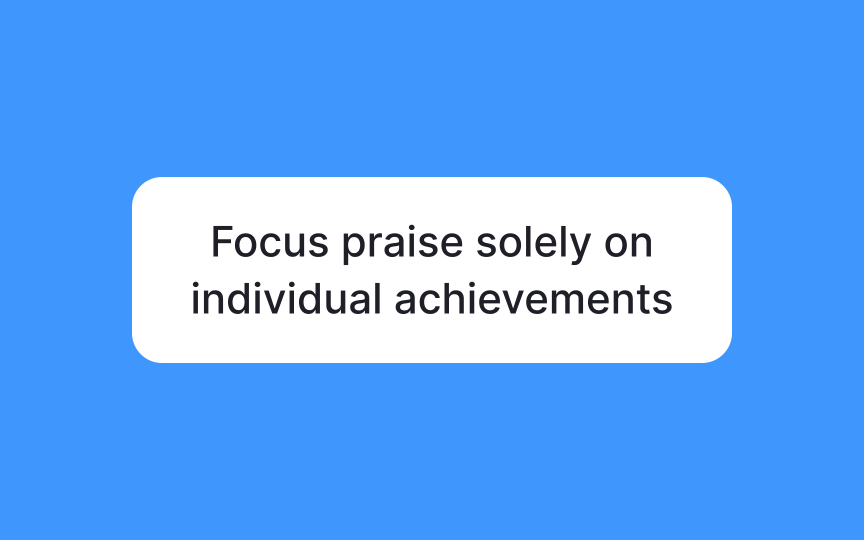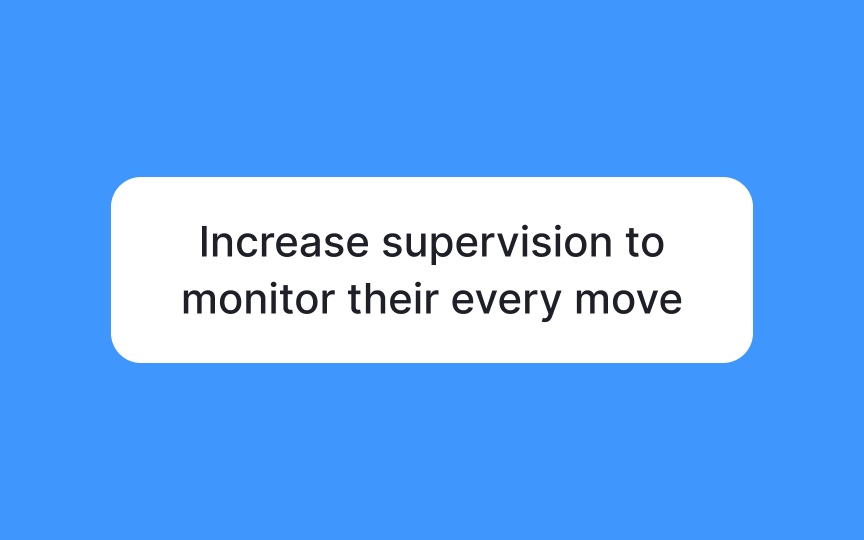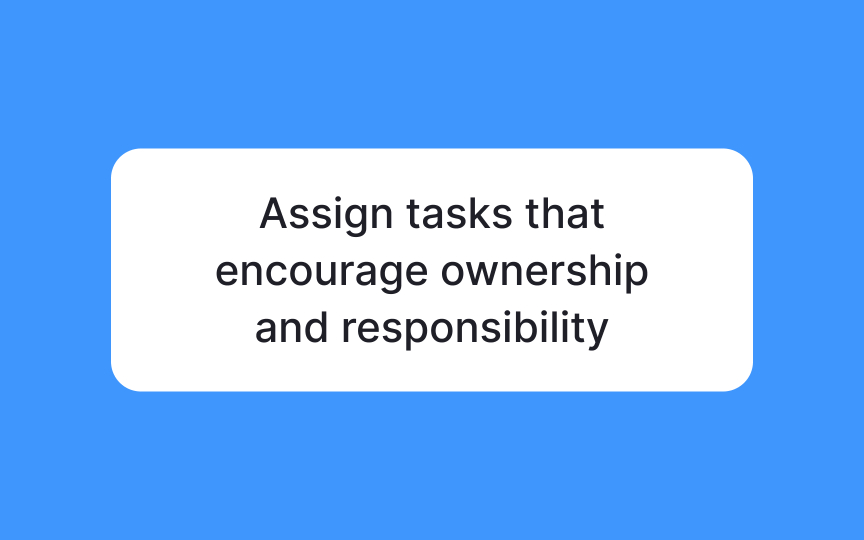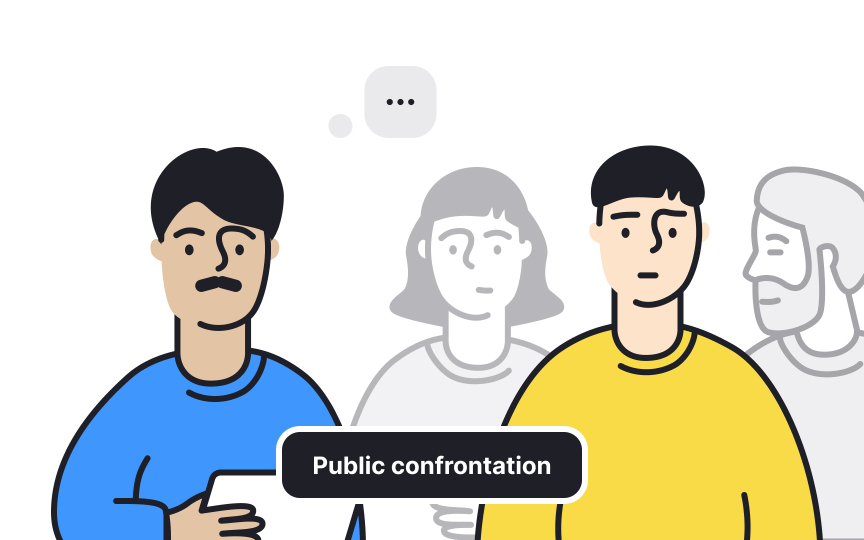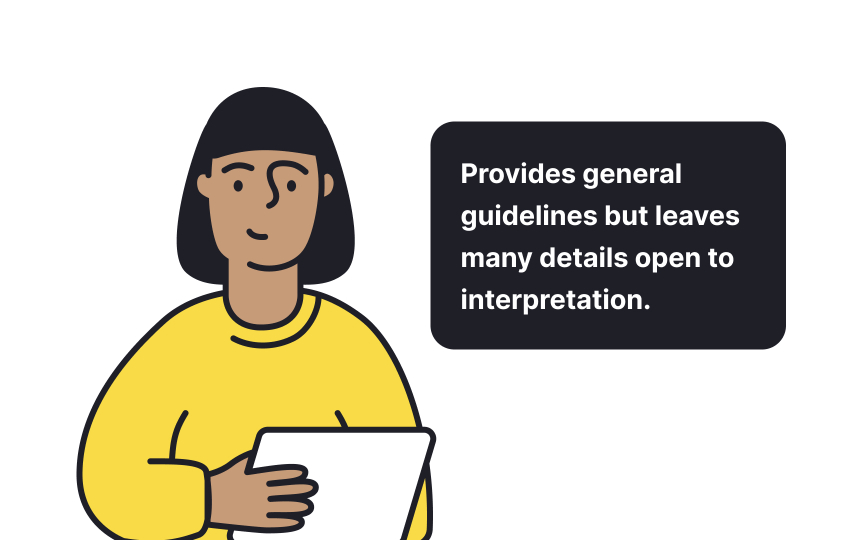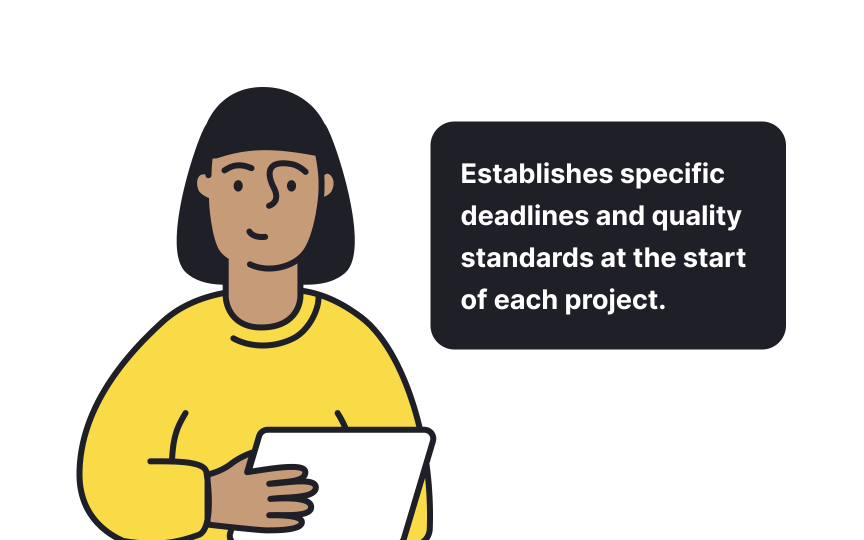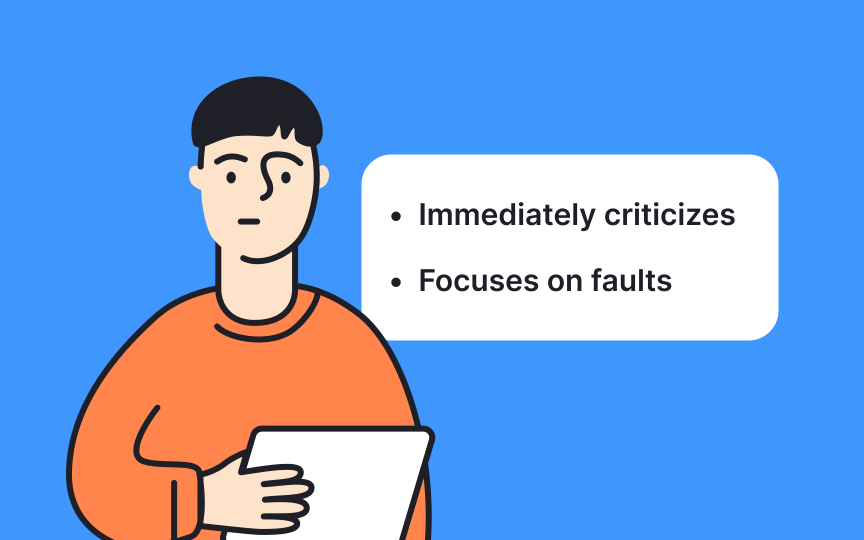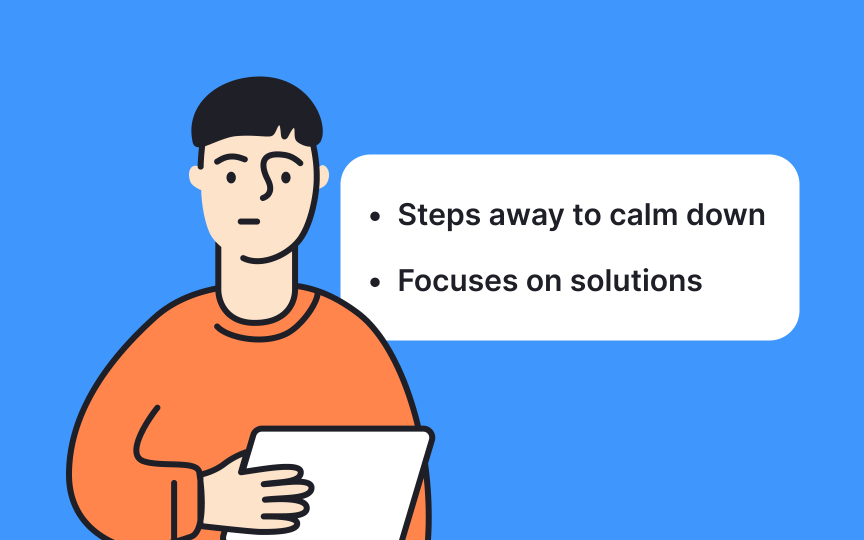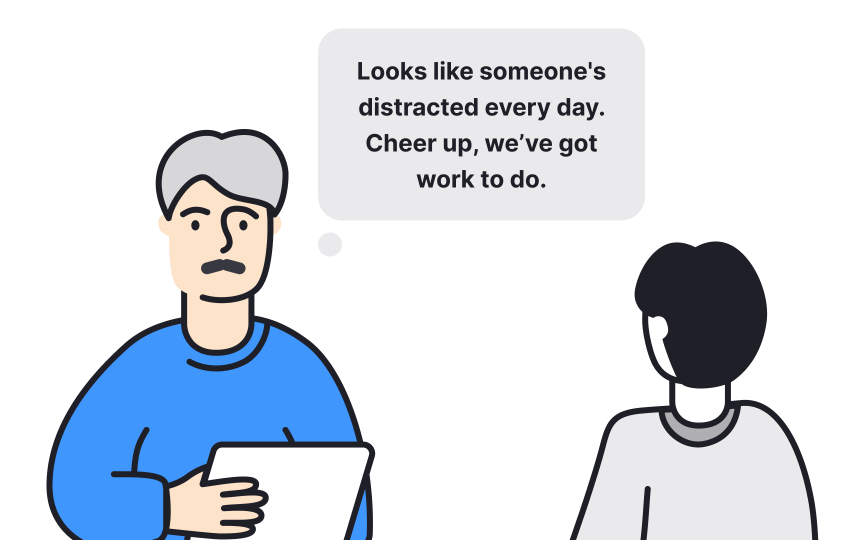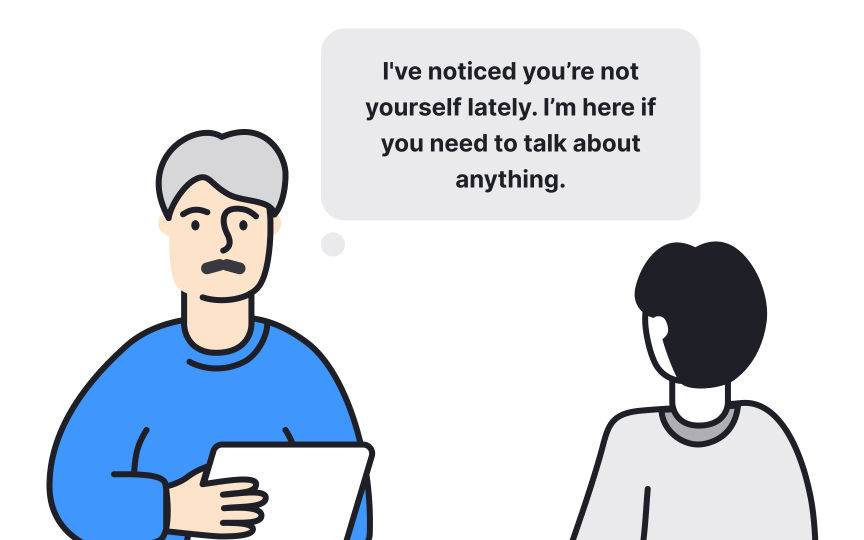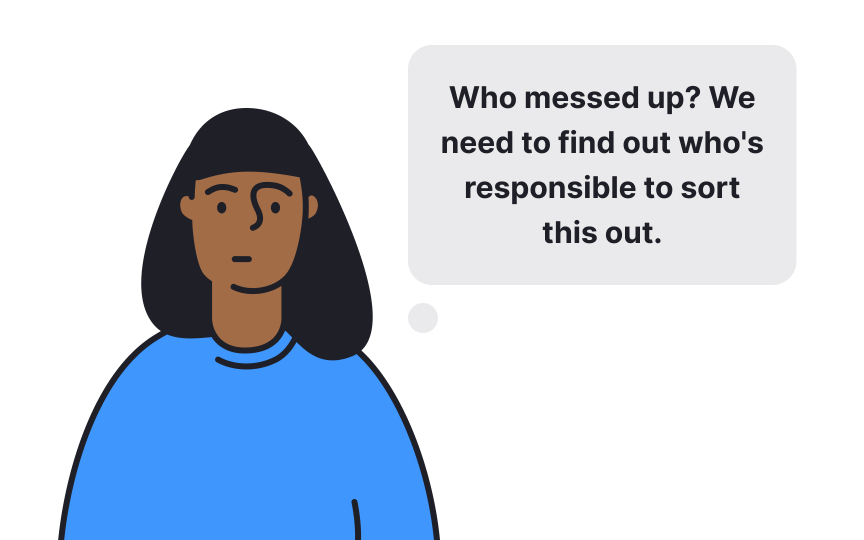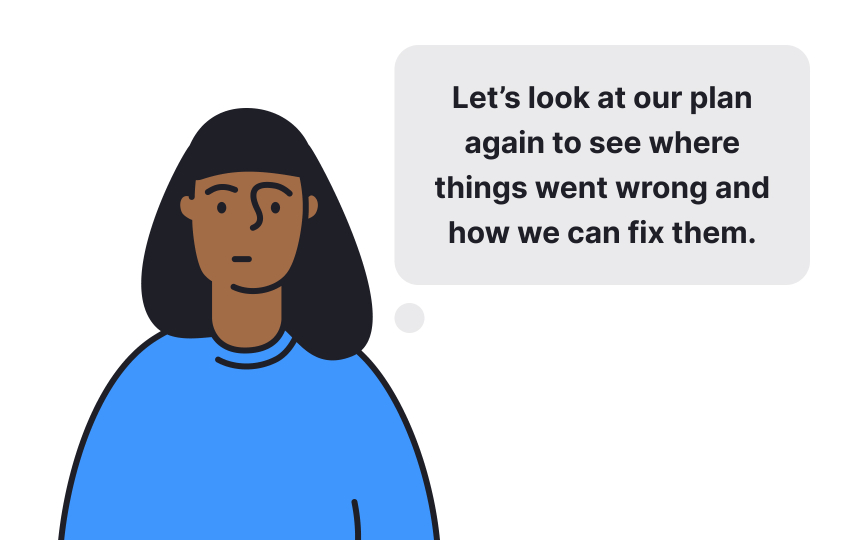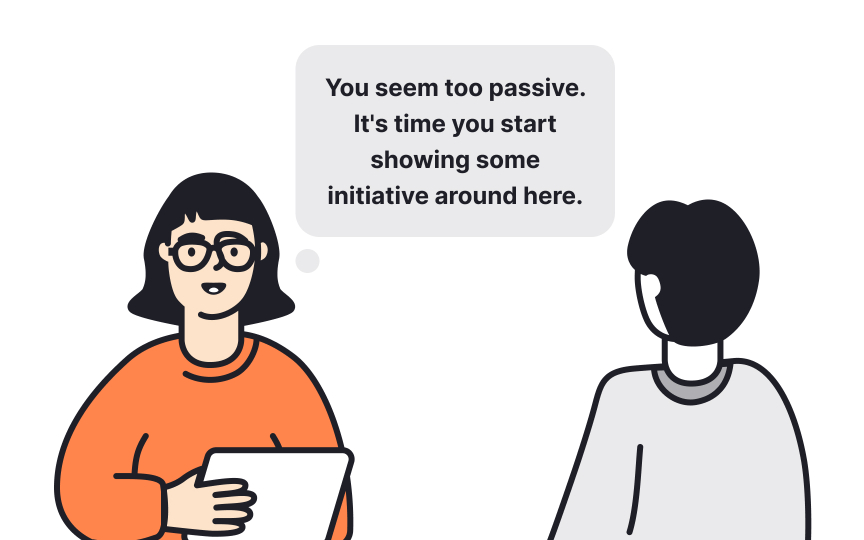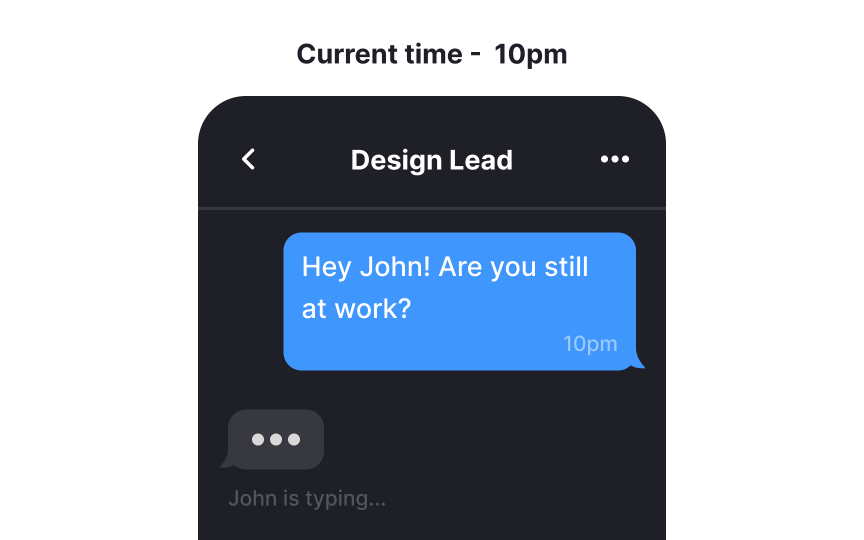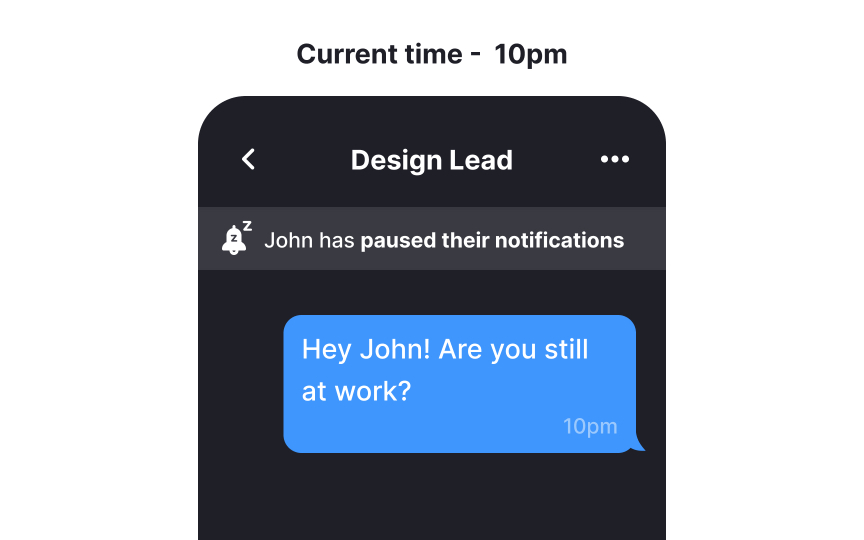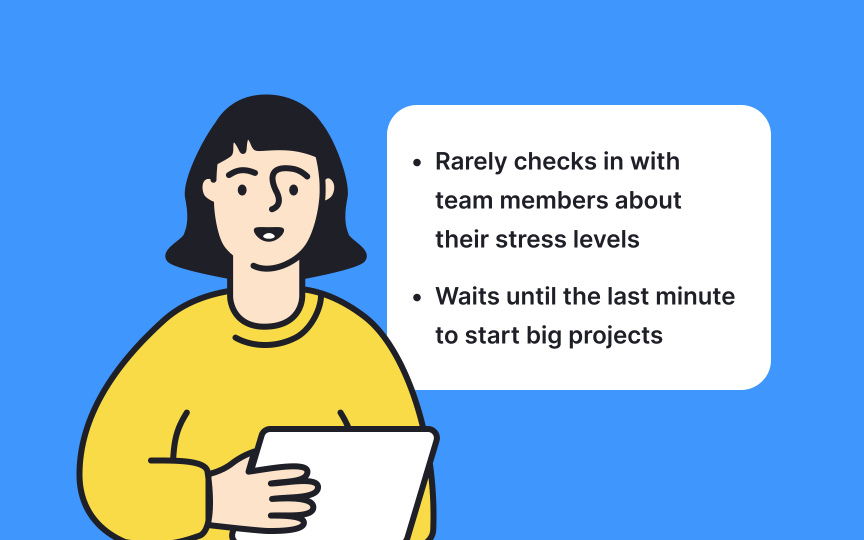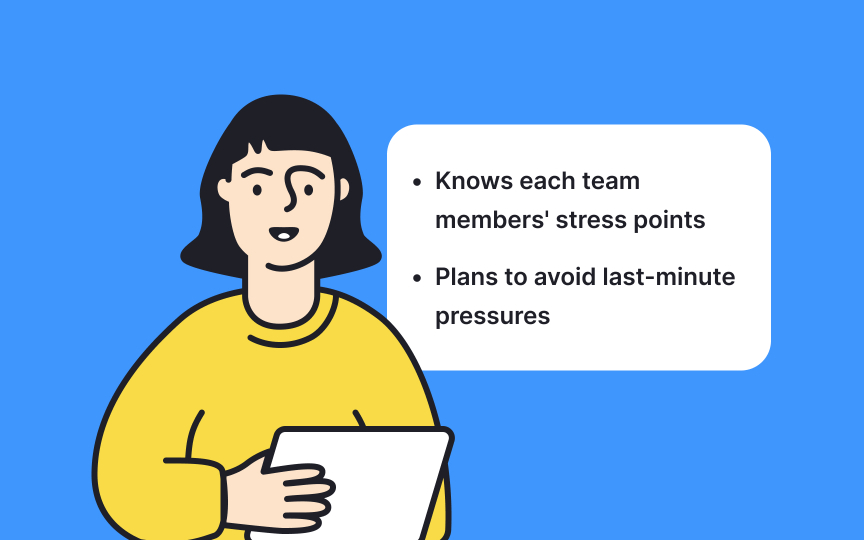Dealing with Difficult People
Learn how to tackle problematic behavior from your difficult team members
One of the most demanding aspects of being a design leader is working with difficult team members whose actions, attitudes, or work ethics don't quite align with the team's direction. These situations require not only patience and understanding but also effective strategies and tools to turn potential conflicts into opportunities for growth and collaboration.
In this lesson, we'll learn practical techniques and approaches to spot, understand, and solve the problems causing challenging encounters. You'll learn how to create an environment of open communication, encourage constructive feedback, and transform friction into forward momentum.
Passive-aggressive teammates are those who express disagreement or discontent in indirect ways. Imagine a graphic designer who agrees to a deadline but submits work late without explanation, or a UX designer who offers silent resistance, subtly undermining project goals through delayed feedback or minimal effort.
Here are a few tips to deal with passive-aggressive behavior:
- Start by discussing concerns privately with the passive-aggressive team member, focusing on specific behaviors, like missed deadlines by a graphic designer, rather than personal traits.
- Try to understand their motivations for acting a certain way. Their passive-aggressive behavior often stems from a desire to avoid conflict or from feelings of defensiveness. For example, a designer might miss deadlines due to fear of criticism.
- Use specific instances or records to clearly outline the issue and how their behavior impacts the team. If direct conversation doesn't lead to improvement, consider involving a mediator to facilitate dialogue.
- Stay approachable and develop a positive relationship and rapport with them where they aren’t afraid to share bad news with you.[1]
Gossipy workers are very common in every workplace, but this behavior can seriously harm reputations and working relationships, especially when sensitive information is leaked. To effectively manage this, you’ll need to set strong boundaries against gossip.
Here’s a practical approach:
- Clearly express that you do not support or encourage gossip. This deters gossip around you and strengthens the team's respect and trust in your leadership.
- Avoid gossiping about yourself. Keep your personal life details private from those prone to gossip, reducing their "material" for gossip.
- Your behavior sets the tone. If you abstain from gossip, it encourages others to follow suit.
- When you notice someone speaking positively about another team member, let them know you appreciate it.[2]
Some team members never seem to have a moment to spare, and they are always buried under tasks, making it challenging to collaborate or get their help on projects. This constant busyness can hinder teamwork and task completion.
Here's how you can approach this situation effectively:
- Understand their schedule: Strike up a conversation about their weekly tasks and pinpoint if there’s a recurring time when they're particularly swamped. You might discover better times to collaborate.
- Plan ahead: When starting new projects, involve them early. Share what you’ll need from them in advance, so you both can schedule collaboration more effectively.
- Offer support with time management: If they always seem overwhelmed, offer to share some time management strategies that work for you. Sometimes, a fresh perspective on organizing tasks can make a big difference.
Lone workers are those team members who prefer to work solo, often retreating into their own space to complete tasks. While their independence can be a strength, it might also make team collaboration a bit tricky.
Here are some tips to bridge the gap with lone workers:
- Understand their preferences: Start by understanding why they prefer working alone. Is it their focus method, or perhaps they're unsure how to ask for help? Knowing this can guide your approach.
- Set clear expectations: Clarify the importance of teamwork in achieving project goals. Establish clear expectations for when and how everyone needs to collaborate.
- Invite participation: Gently encourage their involvement by highlighting the value of their unique perspective in group settings. Make them feel their contribution is essential.
- Offer flexible collaboration options: Some may find large meetings overwhelming. Offer varied ways to contribute, like one-on-one sessions or written feedback, catering to different comfort levels whenever possible.
Narcissistic team members often stand out for their self-focus, a strong desire for admiration, and a tendency to disregard others' contributions. This behavior can be challenging, especially in creative environments like design teams, where collaboration and mutual respect are key.
Here's how to navigate this as a design leader:
- Provide structured feedback: Provide specific, work-related feedback to direct the narcissistic team member's attention towards team objectives, not personal recognition.
- Encourage team recognition: Create an atmosphere where all team members' contributions are recognized. This can dilute the focus on any one individual and highlight the importance of collective success.
- Promote empathy: Through team-building activities or discussions, encourage empathy and understanding among team members. This can sometimes help narcissistic individuals recognize the value of others' perspectives.
- Document contributions: Encourage team members to keep track of their contributions to projects. This helps ensure that everyone's efforts are accurately recognized and reduces the chance for narcissistic team members to claim undue credit.
Slacker team members are those who seem to put in less effort than the rest, often missing deadlines or delivering work that doesn’t meet the team's standards.
Here's how you can address this as a design leader:
- Set clear expectations: Make sure everyone knows what’s expected in terms of deadlines and quality of work. Sometimes, slackers aren’t fully aware of the benchmarks they need to meet.
- Provide feedback: Offer constructive feedback on their work. Highlight where improvements are needed and acknowledge when they do well to encourage more effort.
- Understand their perspective: There might be underlying reasons for their lack of engagement. Have a one-on-one conversation to uncover any issues they’re facing, whether personal or work-related.
- Encourage ownership: Assign them tasks that allow them to take ownership and feel a sense of responsibility. This could motivate them to put in more effort.
Immediately labeling team members, such as "slacker" or "passive-aggressive," can be detrimental to their growth and team dynamics. A constructive approach involves starting with a private, informal conversation.
Here's how to ensure it's supportive:
- Before the meeting, outline your concerns and examples. For instance, if a designer's work isn't aligning with the project vision, have specific instances ready to discuss.
- Opt for a private, comfortable space to ensure confidentiality and show respect.
- Start by expressing your concerns in a straightforward, non-confrontational manner. Say something like, "I've noticed some challenges with meeting project deadlines, and I wanted to check in with you about it."
- Give them the floor to share their side. There might be unseen obstacles they’re facing. Showing genuine interest in their perspective can lead to meaningful insights.
- Work together to identify possible solutions. For example, if
time management is an issue, discuss how to prioritize tasks or whether additional resources are needed.
As a design leader, seeking feedback from your manager about handling problematic behavior can be incredibly beneficial.
Here’s how to approach this:
- Schedule a meeting: Ask for a specific time to discuss, showing that you value their opinion and the issue is important to you.
- Be specific: Mention the type of behavior you’re dealing with, such as difficulty in
team collaboration or missed deadlines, to give context to the feedback you’re seeking. - Ask open-ended questions: Encourage detailed advice by asking questions like, “How have you successfully managed similar situations?” or “What strategies do you recommend for improving team dynamics?”
- Seek examples: Request examples of effective techniques or approaches they or others have used.
- Discuss implementation: Talk about how you might apply their suggestions within your team, showing you’re proactive and thoughtful about solutions.
Setting clear rules and expectations for every team member, for every project, and in general, ensures everyone knows what’s expected of them. This leads to smoother project flows and a more cohesive team environment.
Here’s how you can effectively set these expectations:
- Be specific and clear: Clearly outline what you expect in terms of deadlines, quality of work, and
team collaboration from the get-go. - Write it down: Document these expectations. Having a written record helps avoid misunderstandings and provides a reference point.
- Encourage questions: Make it known that it’s okay to ask questions. Encouraging your team to clarify doubts prevents mistakes and confusion down the line.
- Review regularly: As projects progress or team dynamics change, revisit these expectations to ensure they still apply and make adjustments as needed.
Remember, when a team member's behavior changes, it's a good time to clarify expectations again.
Just because you're a design leader doesn't mean you won't feel human emotions. Encountering a difficult worker can trigger a range of feelings, from frustration to disappointment. It's how you manage these emotions and stay professional that sets the tone for your team.
A great way to handle such situations is through the SOAR method:
- Stop: Before reacting, pause. This might mean taking a deep breath, sipping water, or using a momentary "Hmm" to buy yourself time. This step is about regaining control and avoiding knee-jerk reactions.
- Observe: Reflect on your emotions. Naming them ("I'm feeling upset") can help you understand and manage your response more thoughtfully.
- Acknowledge: Consider what you need in the moment to show up as your best self. This might involve stepping away, delaying the conversation, or simply grounding yourself with a few deep breaths.
- Respond: Now, with a calmer mindset, respond in a manner that aligns with your professional identity and the culture you want to cultivate within your team. Whether it’s through constructive feedback or seeking a collaborative resolution, your response should aim to address the issue while maintaining respect and dignity for all involved.
Here are some tips on practicing empathetic leadership:
- Watch for burnout signs: Keep an eye out for overwork among your team members. Regular check-ins can help you recognize and address burnout early, ensuring team members feel supported.
- Show genuine interest: Take the time to understand each team member's unique needs, hopes, and dreams. Aligning work assignments with their goals can boost engagement and satisfaction.
- Acknowledge their life outside work: Understand the blurred lines between personal and professional lives. Offering support for personal challenges shows you care about them as individuals, not just as employees.
- Express compassion for personal loss: Demonstrating compassion during tough times helps build real connections within the team. Showing you care can make a significant difference to someone dealing with loss.[3]
It's important to focus on the process, not the people, when solving team conflicts. This way, the conversation is about finding a solution, not blaming someone. It's more helpful and doesn't hurt feelings.
Here's how it helps diffuse a situation:
- Neutral ground: Talking about the process is a balanced topic that everyone can look at fairly, which helps to lessen defensive responses.
- Shared objectives: It shifts the focus to achieving common goals, reminding everyone that they’re working towards the same outcomes.
- Responsibility without blame: By focusing on the process, we can talk about improvements as team goals rather than personal shortcomings.
- Constructive path forward: This promotes teamwork in finding solutions, allowing team members to contribute in a positive way without feeling criticized.
By prioritizing respect, you create a team culture that values each member, fostering collaboration even in challenging times.
Here are some ways to stay respectful during conflict:
- Listen actively: Show genuine interest in understanding others’ viewpoints.
- Use "I" statements: Speak from your perspective to avoid sounding accusatory.
- Acknowledge different perspectives: Recognize and validate the feelings and views of others, even if you disagree.
- Stay calm: Keep your tone and body language neutral to convey respect.
Boundaries help define what is acceptable behavior and workload. They prevent burnout, encourage mutual respect, and ensure you and your team have time for strategic thinking and personal well-being.
Here's how to set boundaries for yourself and your team:
- Communicate clearly: Let your team know your availability and response times for non-urgent matters. Be clear about what constitutes an emergency.
- Lead by example: Demonstrate healthy work-life balance practices. Avoid sending emails late at night or during weekends.
- Enforce respectfully: If boundaries are crossed, address it promptly and constructively to reinforce their importance.
- Encourage others: Support your team in setting their own boundaries. This promotes a culture of respect and understanding across the board.
As a leader, it’s your job to identify and steer clear of "trigger" situations — those moments likely to cause team stress or conflict.
Here’s how to do it:
- Reflect on past experiences: Remember when the unexpected client feedback on the design project caused a scramble? Identifying such patterns helps anticipate future stress points.
- Know your team: If you've noticed Jordan becomes particularly stressed with tight deadlines, schedule assignments to give Jordan more lead time.
- Communicate openly: Encourage honesty. For instance, if Sara mentioned feeling overwhelmed by multitasking, adjust her workload or provide support before it becomes an issue.
- Plan proactively: If end-of-year reports stress everyone out, start compiling them gradually over the last quarter, assigning small tasks weekly to avoid the rush.
Doing this can help you create a more supportive environment, effectively minimizing potential triggers.
References
Top contributors
Topics
From Course
Share
Similar lessons

Share & Collaborate on Figma

Mentorship Program

